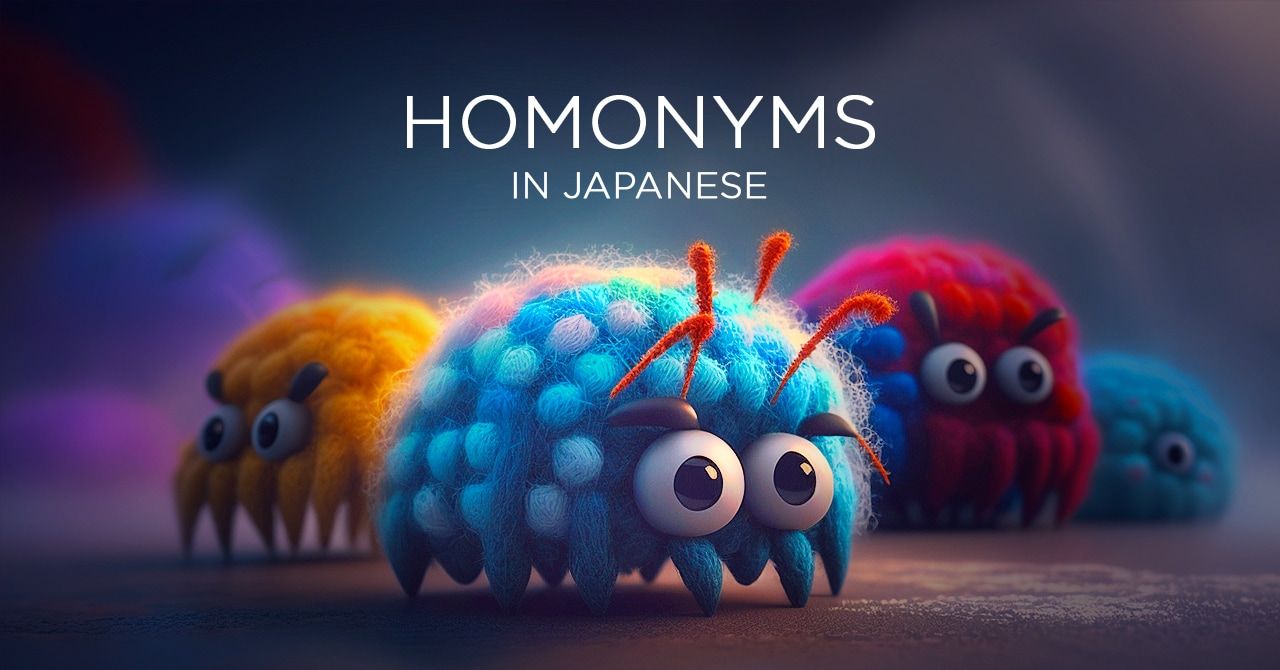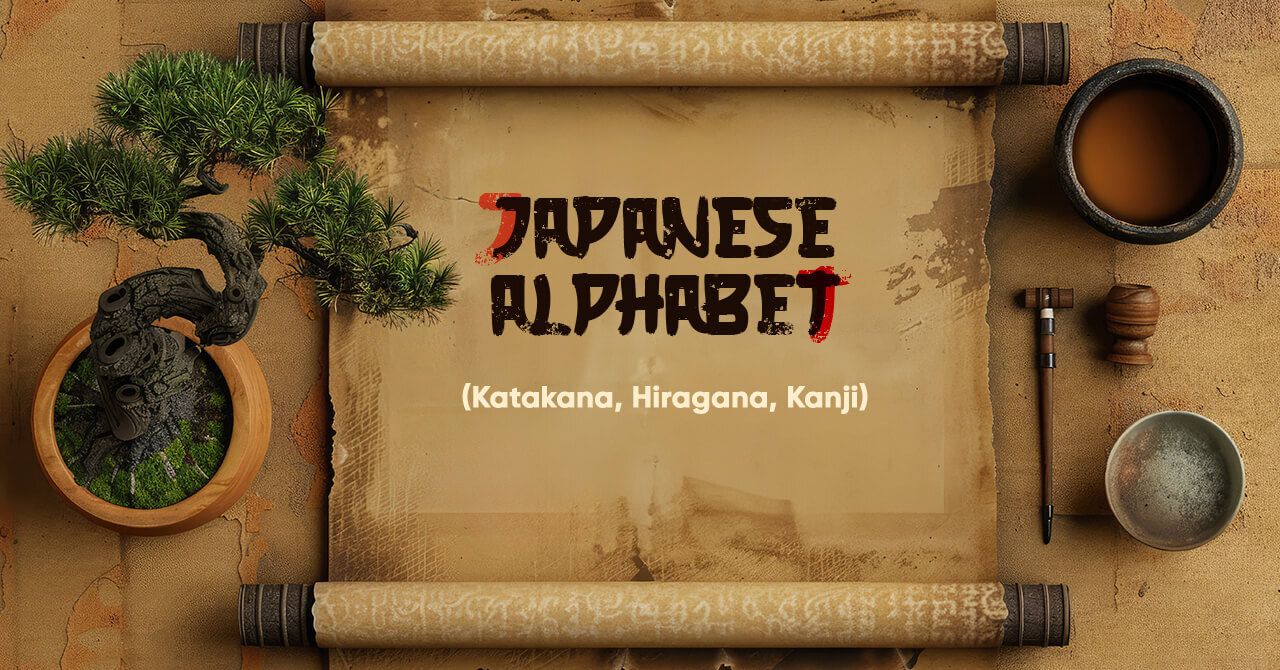
Common Homonyms in the Japanese Language
I would like to introduce some common homonyms.
Have you already encountered some words which may confuse you?
The Japanese language has three types of characters which are called “HIRAGANA,” “KATAKANA,” and “KANJI.” It is well known that makes language learners are first shocked. However, Japanese has only five vowels (a/i/u/e/o) and thirteen consonants (p/b/t/d/c/k/g/s/z/h/m/n/N). Also, the basic grammar structure (Subject >> Object >> Verb) is not an exception in a language in the world. In other words, Japanese is not an exceptional language and has simple pronunciation. Even so, it is a fact we have a lot of homonyms. I would like to introduce some common homonyms.
美容院(びよういん)vs. 病院(びょういん)
Have you had any experience in which you worried your friends when your friend just went to “美容院(びよういん)”? The difference is very obvious if you see the KANJI, but if you listen to these words, you may be confused.
美容院(びよういん)[BIYOUIN] means a beauty salon, whereas 病院(びょういん)[BYOUIN] means a hospital.
叔母さん/伯母さん(おばさん)vs. おばあさん and 叔父さん/伯父さん(おじさん)vs. おじいさん
These are examples that have very similar sounds, and also we discriminate the meaning of words with KANJI. The difference in the sound is only one vowel, “い(i).”
叔母さん/伯母さん(おばさん)[OBASAN]: aunt.
*叔母: parents’ order sister, 伯母: parents’ younger sister.
おばあさん[OBAASAN]: grandmother, an elderly lady.
叔父さん/伯父さん(おじさん)[OJISAN]: uncle.
*叔父: parents’ order brother, 伯父: parents’ younger brother.
おじいさん[OJIISAN]: grandfather, an elderly man.
着る(きる)vs. 切る(きる)[KIRU]
These are completely the same pronunciation, but there are different meanings.
着る(きる) means to wear and 切る(きる)means to cut.
You can use these words like these below.
着る: 服(ふく)を着る(きる) I wear clothes.
着る:野菜(やさい)を切る(きる)I cut vegetables.
雲(くも)vs. 蜘蛛(くも)[KUMO]
These are also completely the same sounds.
雲(くも)means clouds and蜘蛛(くも)means spiders.
雨(あめ)vs. 飴(あめ)[AME]
雨(あめ)means rain.
飴(あめ)means candies.
So don’t be surprised if someone says “あめがふる.” That is not the meaning of “Candies are falling.”
橋(はし)vs. 箸(はし)vs. 端(はし)[Hashi]
Do you know all of these words?
橋(はし)means a bridge.
箸(はし)means chopsticks.
端(はし)means the edge.
Which word confuse you? Once you start to get used to Japanese sounds and characters, why don’t you explore homonyms? There are a lot of homonyms and also similar sounds. It must be very fun for your language learning journeys.
I'm Sakura, a Japanese native language tutor. In my Japanese class, we practice writing, speaking and listening. I'm passionate about knowing different cultures.

